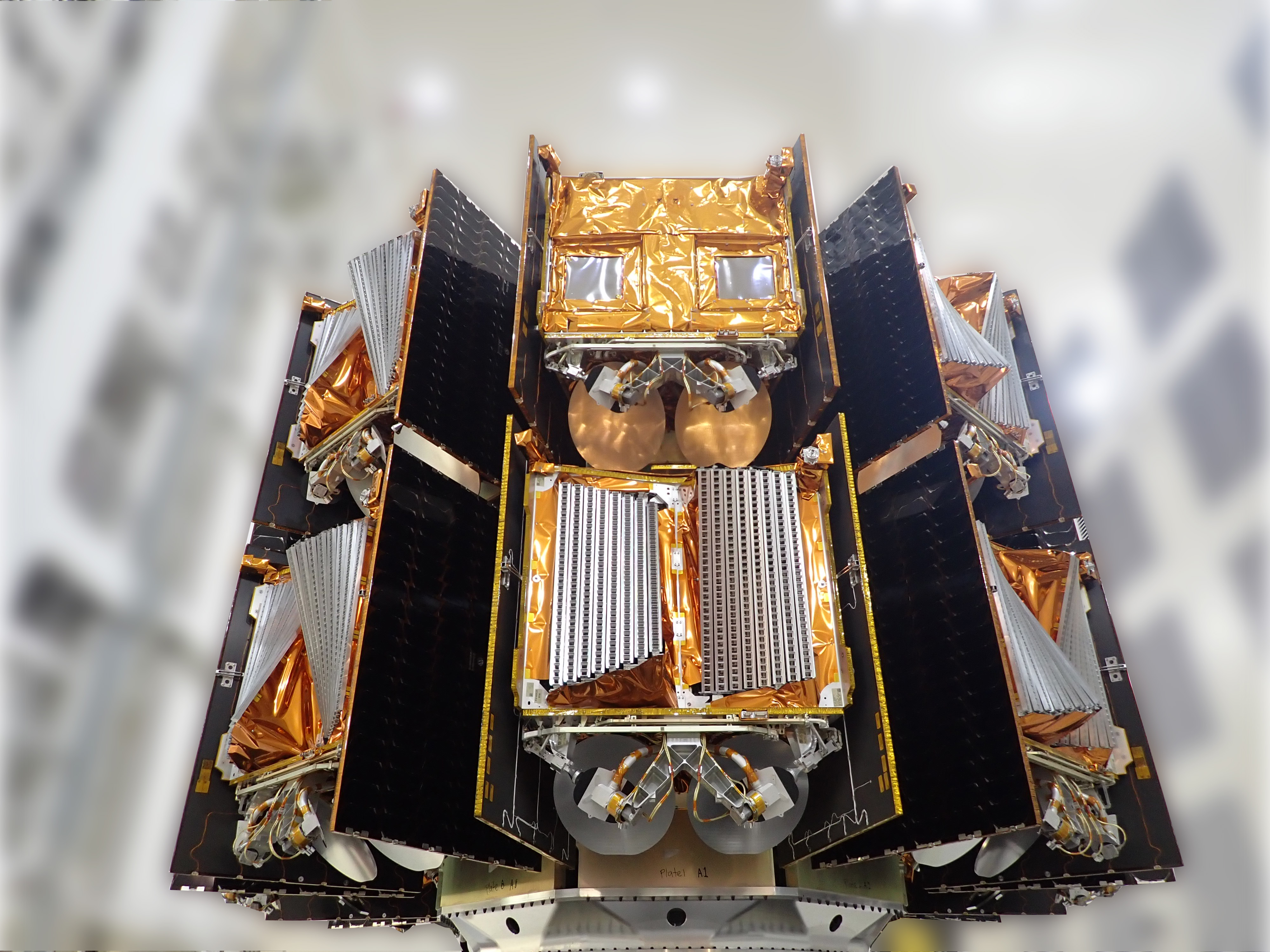Founded in 2012, OneWeb is a satellite internet provider looking to expand its coverage around the world. It plans to achieve that through a constellation of low Earth orbit (LEO) satellites equipped to deliver efficient and affordable internet connectivity. OneWeb has already formed strategic partnerships and secured regulatory approvals to position itself as a leading satellite internet provider. OneWeb’s main competitor is Starlink by SpaceX, which has also been launching low-orbit satellites. We think OneWeb can and will surpass Starlink, however, and here’s how.
Strategic Partnerships
OneWeb and Starlink are rivals in the satellite internet space, but their approaches to business growth are different. OneWeb focuses on business-to-business growth, while Starlink is geared more toward residential customers — especially individuals in rural areas who may not have internet connectivity.
Both companies will help bridge the digital divide, but OneWeb is actively pursuing strategic partnerships with telecommunications companies. Bharti Global has invested an extra $500 million in OneWeb, while Eutelsat paid $550 million to take a significant share in the company.
OneWeb’s goal in securing these strategic partnerships is to leverage existing infrastructure, including distribution channels and networks, to help accelerate its market penetration and growth.
Lower Latency

Latency is the amount of time it takes for a signal to travel from a remote service to an internet device. Lower latency significantly affects real-time internet applications, such as video conferences, high-definition streaming, and online gaming. Both Starlink and OneWeb have LEO satellites that operate in the range of 200 miles to 1,000 miles above the Earth’s surface.
Since satellite internet has to cover long distances, you’d expect very high latency, but that isn’t true with OneWeb and Starlink. The latter claims a latency range of 25 ms to 50 ms on land and 200-plus ms on open waters. OneWeb promises much lower latency, with sub-100 ms latency across the network.
Better Coverage
There’s a misconception that OneWeb’s focus on commercial customers may result in limited coverage, especially over water or in rural areas. According to OneWeb, it’s planning to offer connectivity over every ocean and continent. OneWeb wants to launch a separate category of maritime services to provide internet coverage over the waters.
OneWeb has fewer satellites than Starlink, but the OneWeb constellation is set to keep expanding. The total constellation of OneWeb satellites is now well over 600. It holds an advantage with its increased access to Earth-based infrastructure, most of which is accessible through strategic partnerships with telecommunication companies.
Wider Range of Applications

OneWeb’s ability to offer more applications has less to do with its technology and more to do with its focus on B2B customers. It’s already targeting the maritime and aviation industries, which require uninterrupted internet service. Since airlines, ships, and other vessels tend to take highly remote routes, OneWeb seeks to expand its coverage area to the entire globe.
If OneWeb can meet its goals, it will give a key advantage to other satellite internet service providers. It’ll capitalize on the needs of the aviation industry, which is currently looking to improve its in-flight passenger experience. The commercial maritime industry requires seamless internet to facilitate navigation and improve crew connectivity. For vessels that carry passengers, faster internet is vital for enhancing passenger entertainment.
OneWeb already has excellent coverage in the Northern Hemisphere, but it’ll need to significantly improve its coverage in the Southern Hemisphere. The next few years are crucial for the satellite internet industry. Only time will tell whether OneWeb is able to meet its ambitious goals of becoming the leading satellite internet provider in the world.


